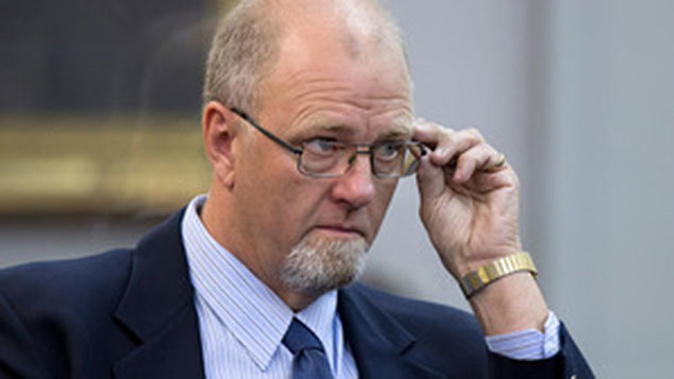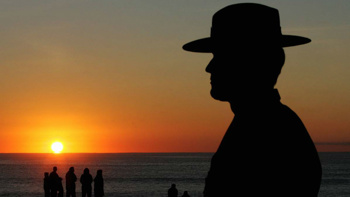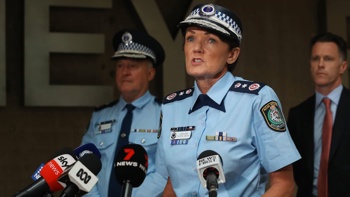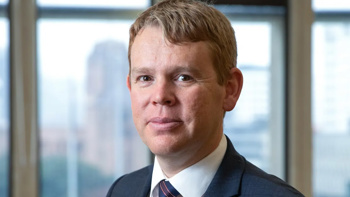
A witness who provided an estimate of when Christine and Amber Lundy might’ve died, has changed his testimony from the 2002 trial of Mark Lundy.
When the pair might’ve died has been the focus of Mark Lundy’s trial for their murders in the High Court in Wellington today.
Dr James Pang examined the bodies of the victims just after they’d died in 2000, and noted their stomachs appeared full of food.
From this evidence he ascertained the time of death was about an hour after Christine and Amber Lundy had eaten a meal, and gave evidence to that effect at Lundy’s first trial.
Today Dr Pang said he can’t stand by that estimate – having read a huge amount of reports by experts from around the world, and New Zealand.
He said the estimate he gave in Lundy’s 2002 trial was subject to a large number of variables, and couldn’t be precise.
“The only thing I can say with certainty is Christine Lundy and Amber Lundy died between the time they were last known to be alive, and the time the bodies were discovered.”
Dr Pang explained to the court he didn’t carry out other tests that might’ve helped determine when the deaths occurred, such as testing the temperature of the bodies, or testing for rigor mortis, because he didn’t want to upset evidence that may have surrounded the bodies.
“Moving the arms and turning the body to determine rigor mortis wouldn’t be possible without disturbing vital trace evidence,” he said.
Under cross examination Dr James Pang was asked by defence lawyer David Hislop, QC, when he’d “changed his evidence,” around when the time of death might have been.
“Your position then is markedly different than the position you’ve adopted this morning, do you agree?” asked Mr Hislop.
“No, not entirely that (2002) position was an estimate, the position this morning is with certainty,” Dr Pang responded.
Mr Hislop also referred Dr Pang to a complaint he made over a documentary based on the case, which aired on Channel One, in 2010.
According to the complaint – Dr Pang the evidence the documentary put forward about the time of death was ‘misleading.’
David Hislop read from the complaint made about the documentary made by Bryan Bruce.
“Bruce’s solution, which is that the murders took place at 2am simply doesn’t work. Yes?
“Yes, that’s correct,” agreed Dr Pang.
“That was your view then, and that’s your view now, is that right?”
“That’s my view now for the majority of individuals.”
On day one of the trial, the Crown told the court it believed the murders were carried out in the early hours of the morning of August 30, not at 7pm the evening before as it believed in 2002.
Jurors then heard from a second expert that pinpointing when Christine and Amber Lundy died is incredibly difficult.
Dr Martin Sage is a forensic pathologist, who said based on the stomach contents of the two – which was recorded by pathologist Dr James Pang, and looking at research – not much is certain.
“And that means I strongly support what Dr Pang said, that we have to back up and say ‘what do we know for sure?,’ and all we know for sure is when they were last known to be alive, and when they were found dead.”
Dr Martin Sage has explained to the court the variables in how long food can take to digest – but research suggests the type of food and the activity afterwards can have an impact.
Dr Sage also backed up Dr James Pang when it came to investigating the deaths of Christine and Amber Lundy.
Dr Martin Sage has told jurors in Mark Lundy’s retrial for murder there were good reasons for pathologist Dr James Pang not to test the bodies for a time of death to protect the scene in which they lay.
He says in this case protecting trace evidence that might point to the culprit was the priority.
“In order to get into the scene to take body temperatures, test for rigor mortis, things like that - in this sort of thing this could result in some contamination of the body.”
However Dr Sage says in retrospect, those tests might’ve been carried out in this case.
The trial in front of Justice Simon France continues.
Take your Radio, Podcasts and Music with you









